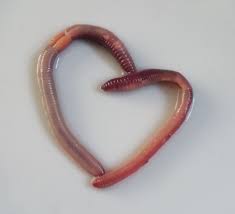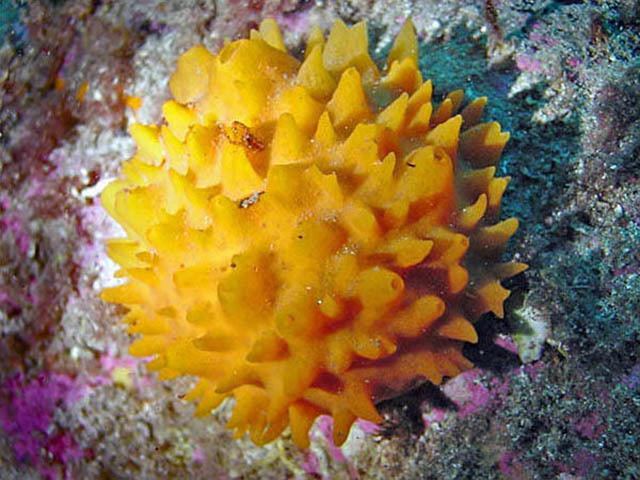True Worms:
Body is tubular and/or made up of segments
Tube-like digestive system
 |
| Ragworm |
 |
Earthworm
|
Flat worm:
Breathe through their skin
Unsegmented Body
 |
| Fluke |
 |
| Tapeworm |
Sponges:
Takes in water through pres (little holes)
in their bodies from which they
filter (take out) little bits of food
 |
Demosponge
|
 |
| Hexactinellid |
Cnidarians
Hollow body with specialised
cells (stingers) that they use for
capturing prey
Live in water
 |
| Sea anemone |
 |
| Jellyfish |
Molluscs
Most live in the sea
Most have shells
Unsegmented body
 |
| Sea slug |
 |
| Shellfish |
Echinoderms
A skeleton made up of five plates
Tube feet
Live in the sea
Jointed legs
Divided into four further sub-groups
 |
| Sea urchin |
 |
| Starfish |
Arthropods
Crustaceans
Most are aquatic
Body Divided into three parts
Most breathe with gills
Hard outer skeleton
 |
Crab
|
 |
Krill
|
 |
| Copepod |
Myriapods
Many pairs of legs
A single pair of antennae
Simple eyes
 |
Centipede
|
 |
| Millipede |
Insects
Body divided into three parts
Three pairs of legs and two pair of wings
One pair of antennae on head
Compound eyes
 |
Bee
|
 |
Butterfly
|
 |
| Ladybug bettle |
Arachnids
Body divided into two parts
Four pairs of legs and no wings
No antennae
 |
Spider
|
 |
| Scorpion |
 |
| Schizmodia |






